When you first move to Costa Blanca, some tasks are exciting—like discovering your local market or learning how to order your favourite coffee. Others, like registering at the padrón in Spain (empadronamiento), are a little less glamorous but just as important.
If you plan to live in Spain for more than three months, registering on the municipal register (empadronamiento) is recommended, though it’s only mandatory if you establish your habitual residence in a Spanish municipality. Check the FAQs at the end of this article to see which situation applies to you.
This easy-to-follow guide explains why it matters for expats in Spain, digital nomads, and families—and how to get it done with minimal stress.
What is the Padrón?
The Padrón Municipal de Habitantes is Spain’s official local population register—similar to a census—that records where you live. It’s essential for both legal and practical reasons.
Think of the padrón as your key to accessing public services in Spain. Without being registered, you cannot use the public healthcare system, enroll your children in local schools, or even get a library card in some towns.
Empadronarse means registering yourself on the padrón, while empadronamiento refers to the process of registration. Although these three terms have slightly different meanings, they are often used interchangeably in Spanish.
Why is registering at the padrón in Spain is important?
Empadronamiento (the process) isn’t just a bureaucratic formality—it opens the door to essential aspects of Spanish life. Registering:
- Gives you access to municipal services, like healthcare, social assistance, and schooling.
- Proves your residency for immigration, NIE, TIE, visa renewals, tax matters, registering a car, exchange your driver’s licence or contracting utilities.
- Enables you to vote in municipal and European elections (if you’re an EU citizen).
- Helps your local council receive more funding, which benefits your environment.
Simply put, your padrón certificate (certificado de empadronamiento) proves you belong to your local community.
Who needs to register?
Everyone staying in Spain for more than 90 days — regardless of nationality — must register. Yes, even if you’re living in a van by the beach (provided it’s parked in one municipality consistently).
This includes:
- EU / EEA / Swiss citizens
- Non-EU residents with a valid visa or NIE
- Students and digital nomads
📝 Step-by-step guide to registering at the padrón
📍 Step 1: Find your local town hall and check their website
- Identify the Ayuntamiento (town hall) that serves your address.
- Visit their official website to:
- Check specific registration instructions.
- Download the hoja padronal (registration form), if available.
- See if you need to book an appointment or if walk-ins are allowed.
💡 Tips:
Each municipality manages its own padrón process—forms and requirements can vary, even between neighbouring towns.
📑 Step 2: Gather required documents
While each ayuntamiento (town hall) might have its quirks, generally you’ll need:
- Valid passport or national ID (plus copies)
- NIE (Foreigner’s ID number) certificate (if you have one)
- Proof of address (rental contract, title deed, or recent utility bill — the bill must show your name as the invoicee)
- If you live for free at a friend’s or family member’s home, you need to provide their authorization and proof of their address. Check with your local town hall (ayuntamiento) if a specific authorization form is required.
- Completed application form (hoja padronal) from your local town hall (often available online)
- Family documents if registering children (passport, birth certificate, family book)
💡 Notes:
Some town halls may ask for additional paperwork, such as a recent bank statement or a written declaration from your landlord.
🗓️ Step 3: Book an appointment (if required)
- Some towns let you walk in; others insist on appointments via phone or online.
💡 Pro tip: Book early if you’re moving to a busy municipality—slots can fill up quickly!
🏢 Step 4: Visit the town hall
- Arrive with your documents.
- Bring a Spanish-speaking friend or translator if you’re unsure of your language skills—or have a good translation app on your mobile phone ready to help you through the process.
(Official Spanish can be surprisingly different from your tapas menu Spanish!)
✍️ Step 5: Fill out the application form
- Use the local hoja padronal provided by your town hall.
- Double-check details like spelling, middle names, and full addresses.
📤 Step 6: Submit documents and application
- Hand in your application and supporting papers.
- Registration is usually free, but some places may charge a small administrative fee.
⏳ Step 7: Wait for processing and collect your certificate
- Some towns give you a temporary certificate (volante de empadronamiento) immediately.
- Others, particularly in larger towns, may take 10–15 days.
- Always ask when and how you can collect your certificate.
📄 Step 8: Receive your padrón certificate
- Collect your certificado de empadronamiento.
- Check it carefully for any mistakes (names, addresses, dates).
- Request corrections immediately if needed.
💡 In some municipalities, such as Torrevieja, Alicante city, and Finestrat, registered residents can download their padrón certificate online using a digital certificate.
Miscellaneous
🌐 In-person vs online registration
In most municipalities, you must visit the town hall in person to complete your initial padrón registration, especially if it’s your first time or if your circumstances have changed (new address, new family members, etc.).
However, once you are registered, many town halls allow you to request or download your padrón certificate online for future paperwork.
This typically requires a digital certificate (certificado digital) or electronic ID.
💡 Important: Full online padrón registration (the initial sign-up) is rare—always check your town hall’s website for the most accurate information.
🌍 Be aware of local differences
Even within the Costa Blanca and Alicante province, the padrón registration process can vary:
- Some towns may require a police visit to confirm your address.
- Others accept a utility bill as sufficient proof.
- Appointment systems, required documents, and processing times can differ widely.
💡 Always double-check your local town hall’s latest information before heading out—preferably before clearing your morning schedule!
Renewing your padrón, if applicable
The padrón certificate is usually valid for 90 days for official paperwork — like applying for residency or exchanging your driver’s licence.
But your registration itself doesn’t always expire:
- Non-EU citizens must renew their padrón registration every 2 years, according to Law 7/1985 – BOE (last update January 2025).
- Spaniards and EU residents: Your registration remains valid as long as you continue living in the same municipality.
Need to renew?
- Visit your town hall or see if they offer online renewal.
- Confirm your details on the renewal form (online or in-person) and resubmit proof of address.
- Request a new certificate if required for administrative processes.
Final thoughts
Registering at the padrón might not be the most thrilling part of moving to Spain, but it’s a vital first step to settling in properly.
Take it one step at a time, stay patient, and soon you’ll be fully registered and ready to enjoy all the perks of living in beautiful Costa Blanca.
💡 Tips
- Always double-check requirements on your ayuntamiento’s website or in-person.
- Keep your padrón certificate handy — you’ll need it more often than you think.
- Still feeling stuck or facing a complex case?
Consider getting help from a gestor, lawyer, or relocation consultant. Check our Directories to find vetted professionals in your area.
🔗 Useful resources
- Spanish Government: Access point to local Administration (in Spanish)
- INE: Padrón general information (in Spanish)
- For more practical guides, check out:
FAQs: Padrón registration in Spain
You can usually collect your padrón certificate at the town hall—some issue it immediately, others take a few days to two weeks. With a digital certificate, some towns let you request or download it online.
Immediate in many towns
10–15 days in busier municipalities
Always confirm at your local town hall when and how to collect it.
The padrón certificate is usually valid for 90 days for official paperwork (e.g., applying for residency or exchanging your driver’s licence).
However, your registration on the padrón itself remains valid:
Non-EU citizens must renew every 2 years (as per Law 7/1985 – BOE – last update Jan 2025)
Spaniards and EU residents- The registration does not expire as long as you continue to reside in the municipality.
Yes, in most municipalities you can register with just your passport, although having an NIE makes many future procedures much easier.
Yes, in most places it’s free. Some town halls in Spain might charge a very small administrative fee (around €3–€5).
Not necessarily. Spanish law and practice focus on habitual residence, which means the place where you live most of the time during the year, not necessarily a continuous stay of 90 days straight.
Habitual residence is used for municipal purposes and accessing services; it does not serve as proof of continuous physical presence.
You’ll just need the owner or main tenant to sign your registration form and provide a copy of their ID and proof of address (like a utility bill or property deed). This lets the town hall know you have permission to live there. Requirements can vary, so check with your local ayuntamiento for any extra paperwork.
No, you do not register your pet on the padrón. The padrón is only for people living in a municipality.
However, as of 2025, it is compulsory to register your pet (such as a dog, cat, or ferret) separately with the local pet registry at your town hall. This is required by Spain’s national animal welfare law and involves microchipping your pet.
If you move to a new town in Spain, you don’t need to de-register from your old padrón—registering at your new town hall will automatically update your records.
However, if you move outside Spain, you must contact your local town hall and request to be de-registered from the padrón yourself.
Not necessarily. Registration is only mandatory if you establish your habitual residence in a Spanish municipality. If you’re just visiting or your stay is temporary—even if it exceeds 90 days—and your main home remains in another country, you are not required to register.
No. It is neither allowed nor advisable to be registered in two countries at once. Registration should reflect your habitual place of residence. Double registration can lead to legal and administrative issues.
No. Registration is an administrative formality and does not determine your tax residency. You are only required to file taxes in Spain if you spend more than 183 days a year in the country or your main economic or family interests are based in Spain.
In this case, you are not required to register in Spain, since your habitual and main residence remains in the other country. Registration in Spain is only for those who live in the country on a regular basis.
If you need to register for a specific administrative reason (healthcare, school enrollment, etc.), you can do so, but you should avoid being registered in two countries at once. Also, your legal and tax residency will remain in your home country if you spend most of the year there.
Double registration can cause legal and administrative problems, such as loss of access to services, fines, or conflicts over tax residency.
You should register where you habitually live—that is, where you spend most of the year and where your personal and/or professional life is based.
Suggest down in the comments a topic you’d like us to cover! 👇


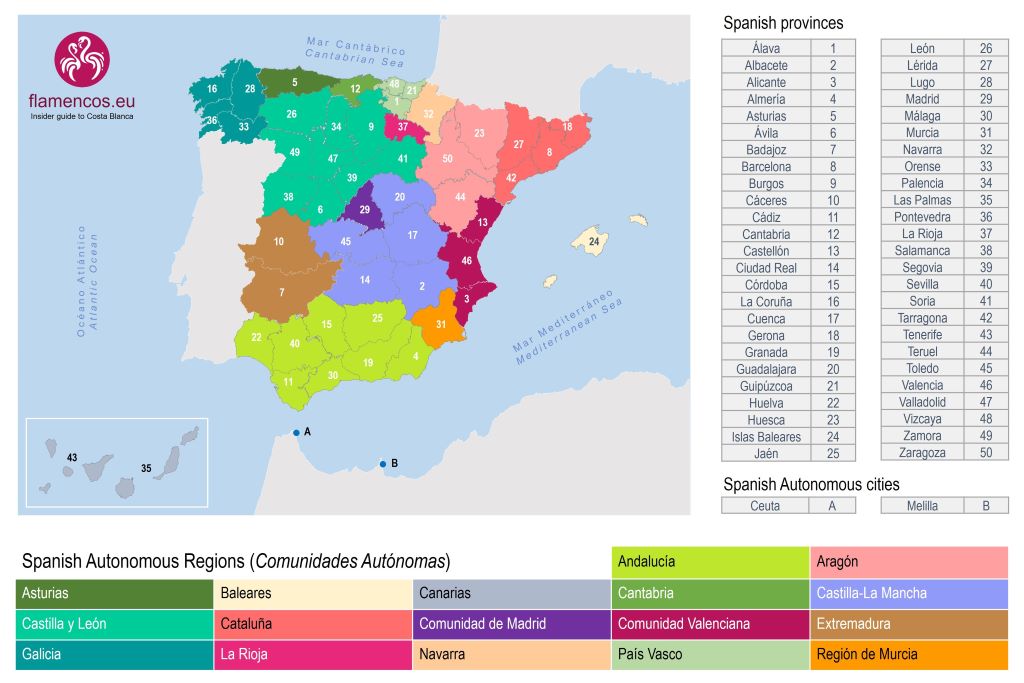
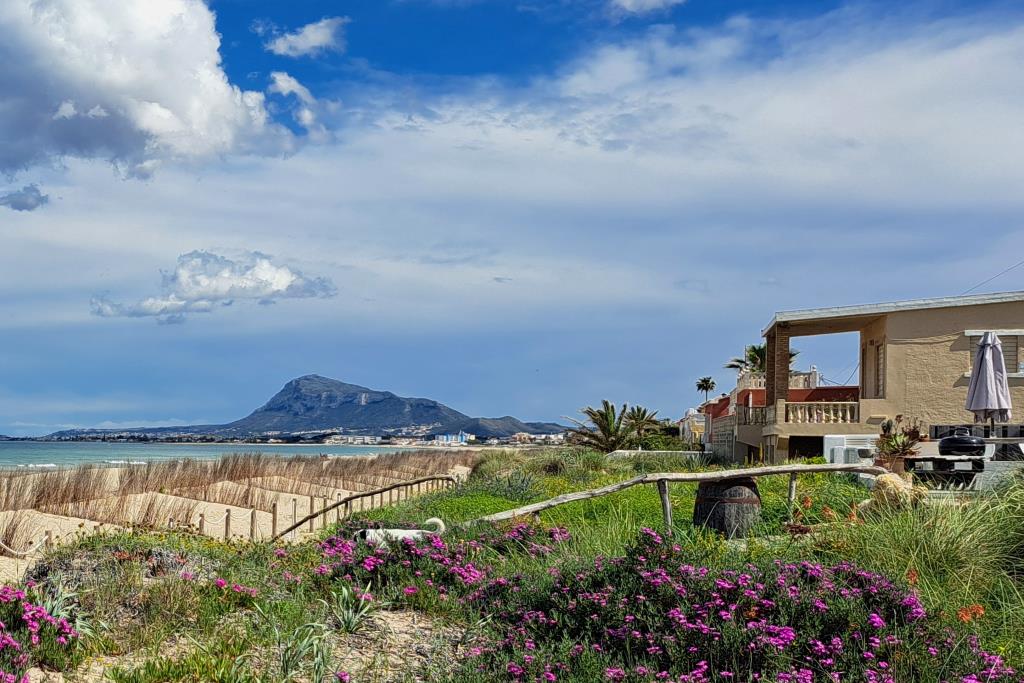

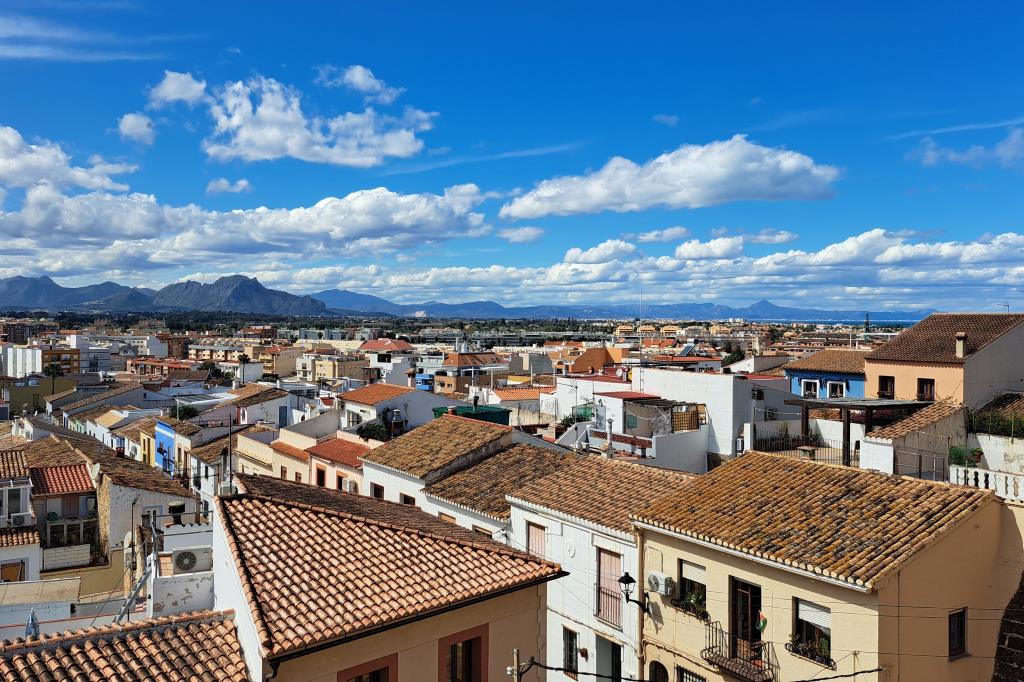


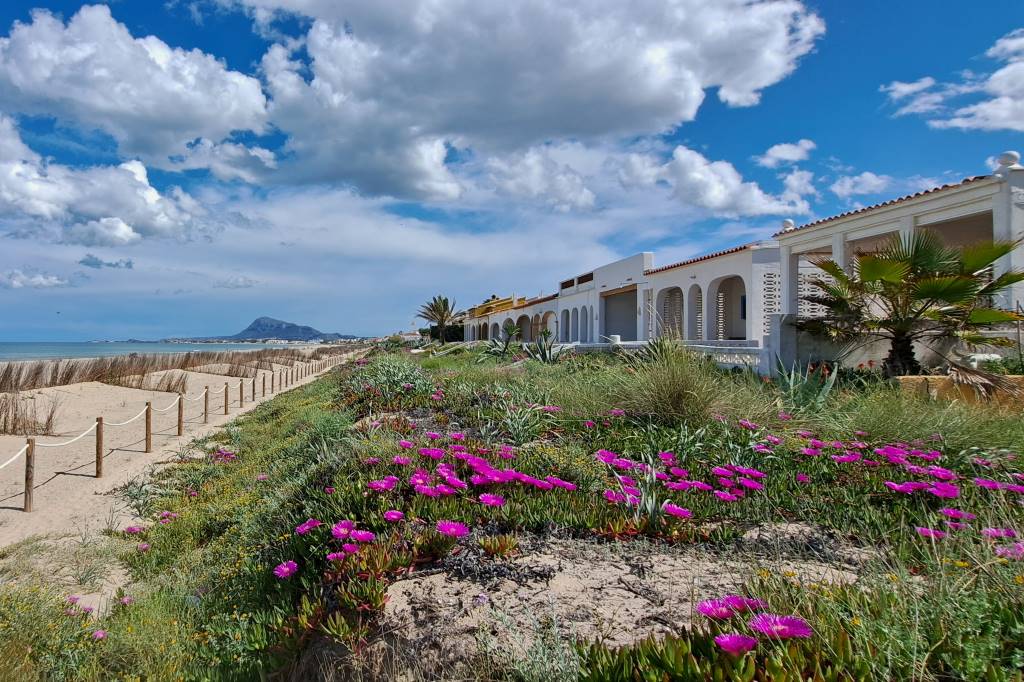

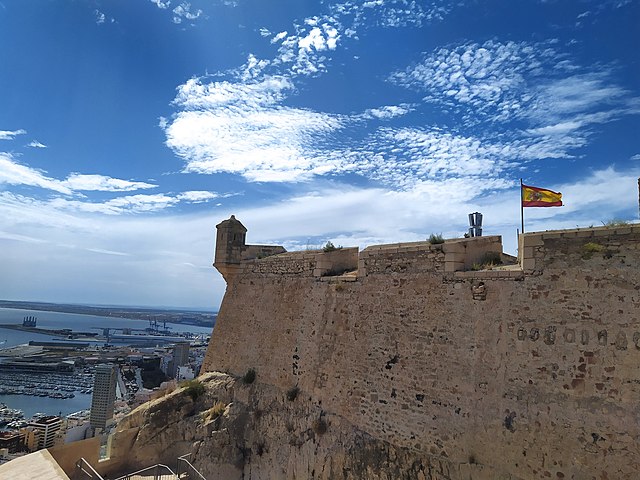
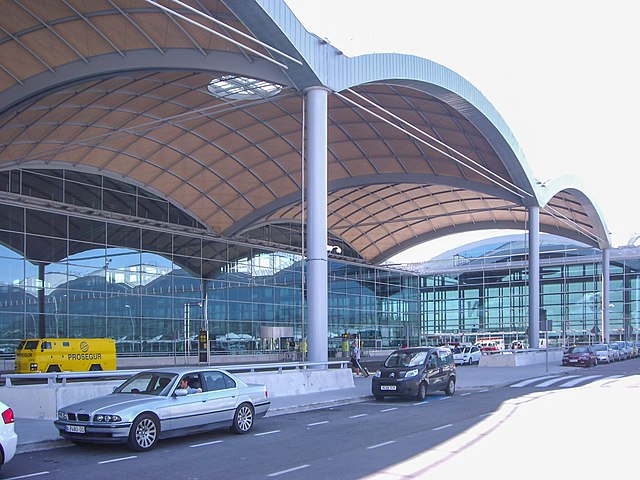
Leave a Reply
You must be logged in to post a comment.